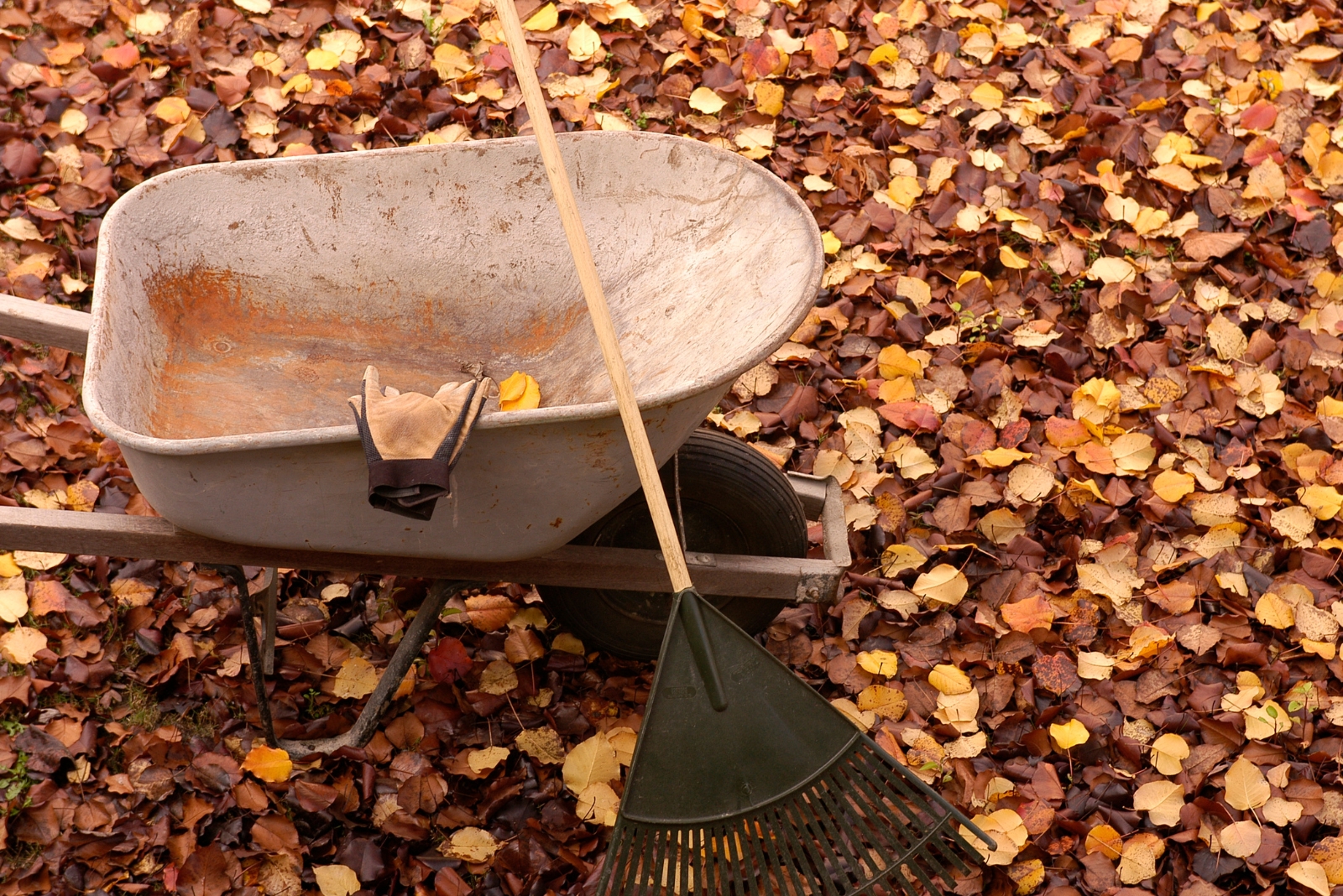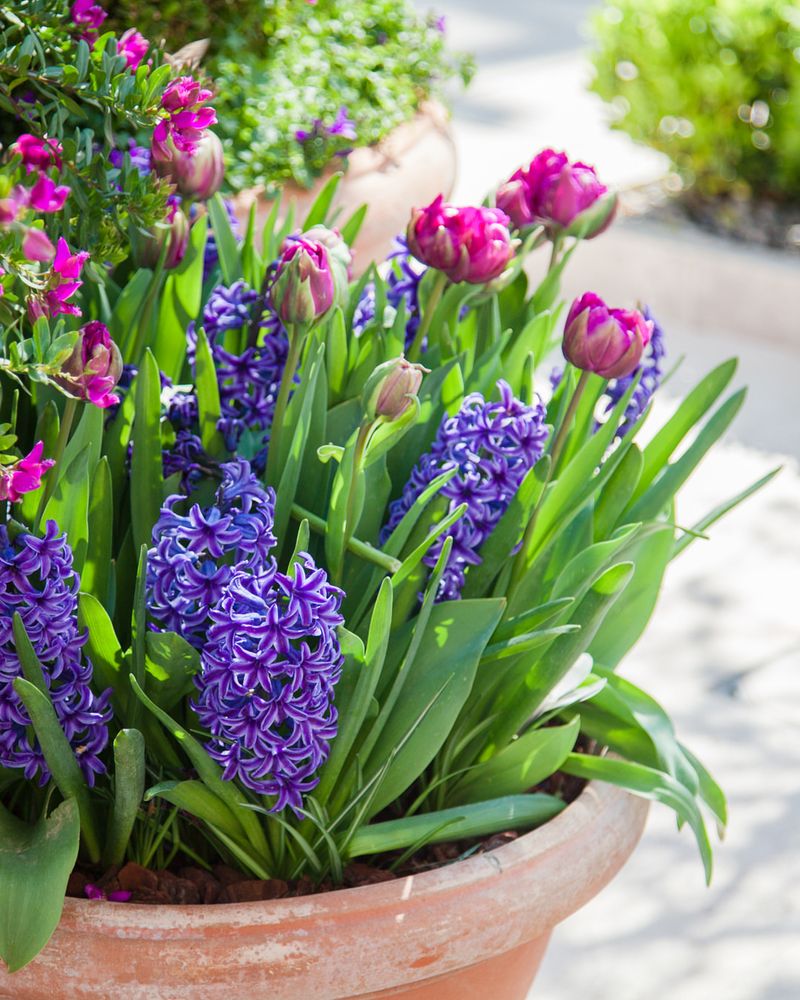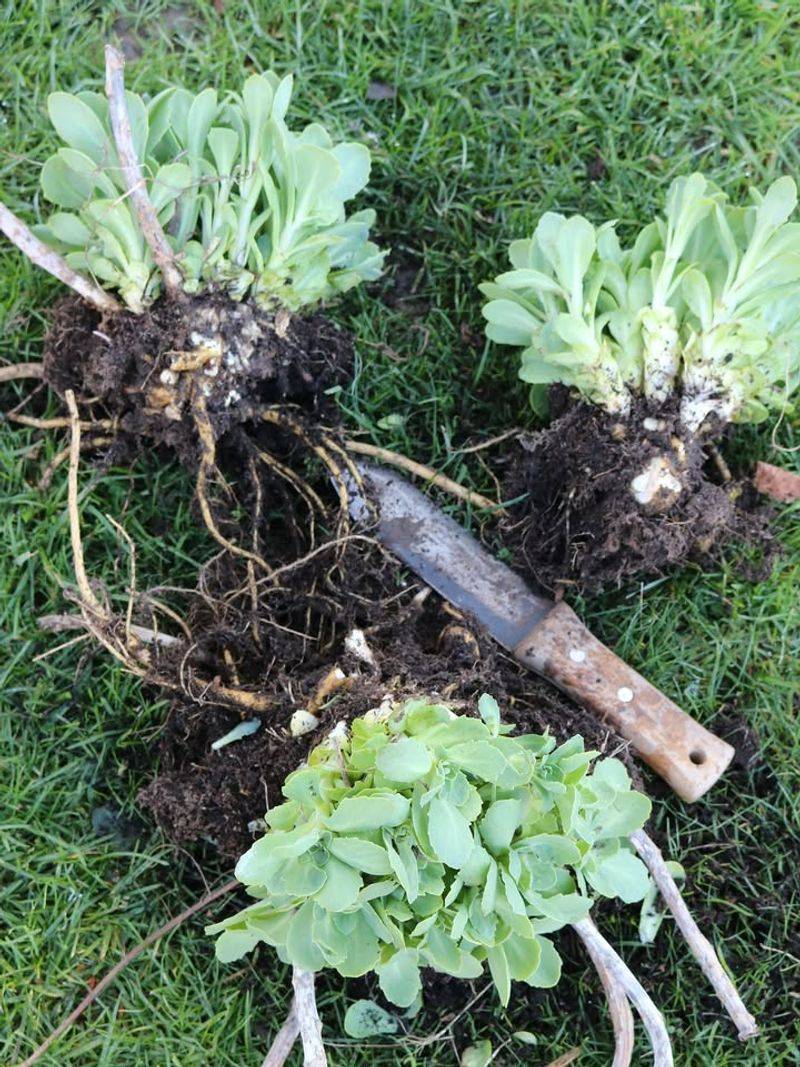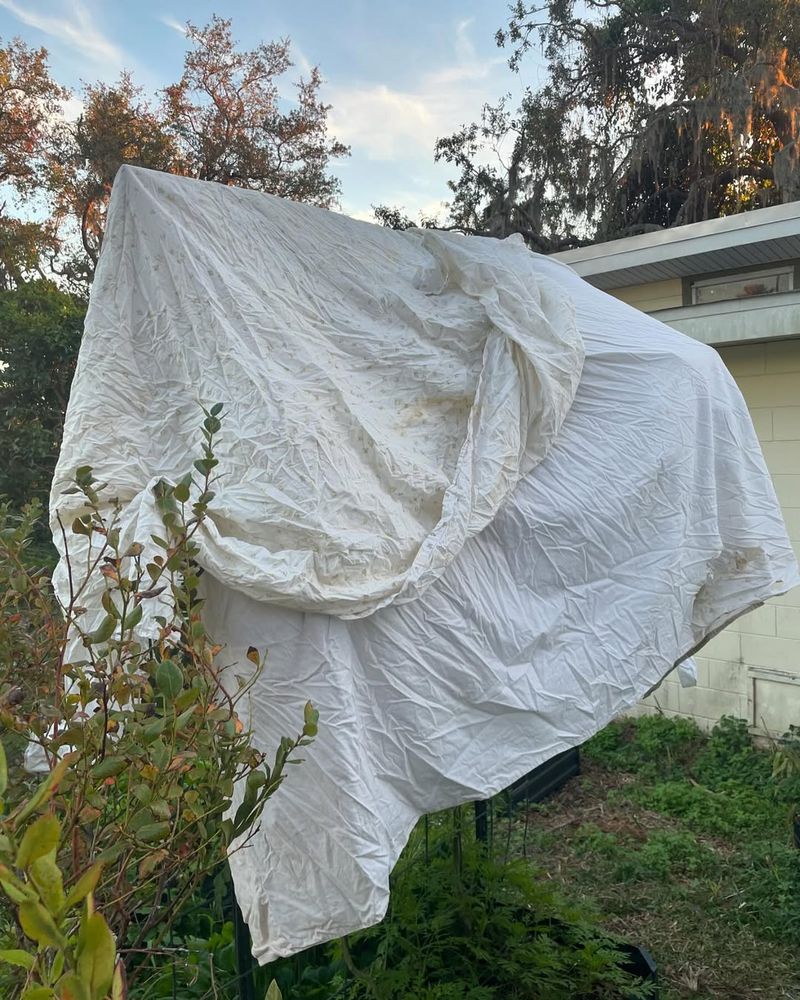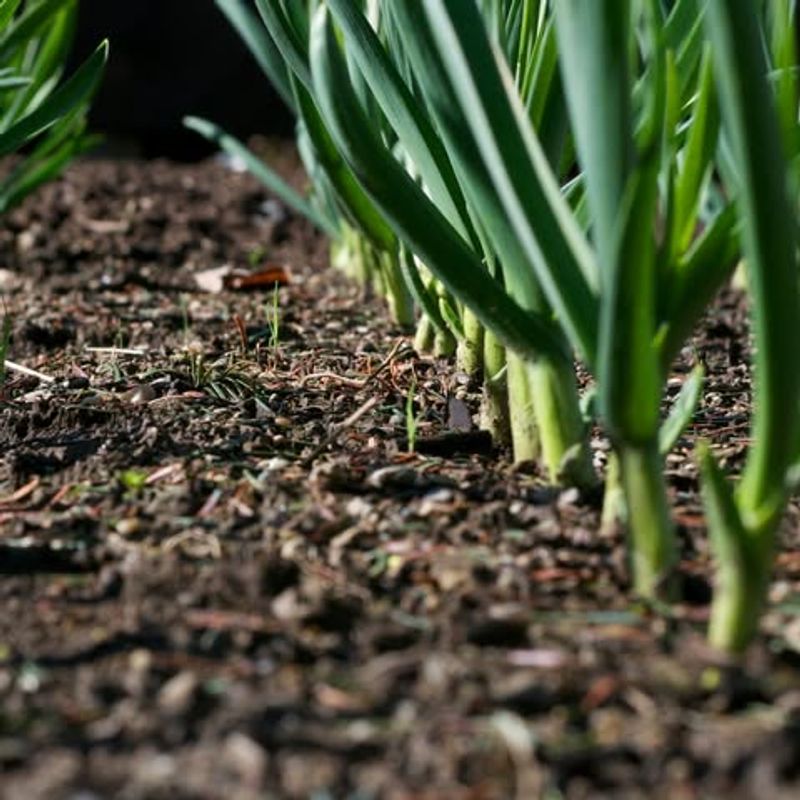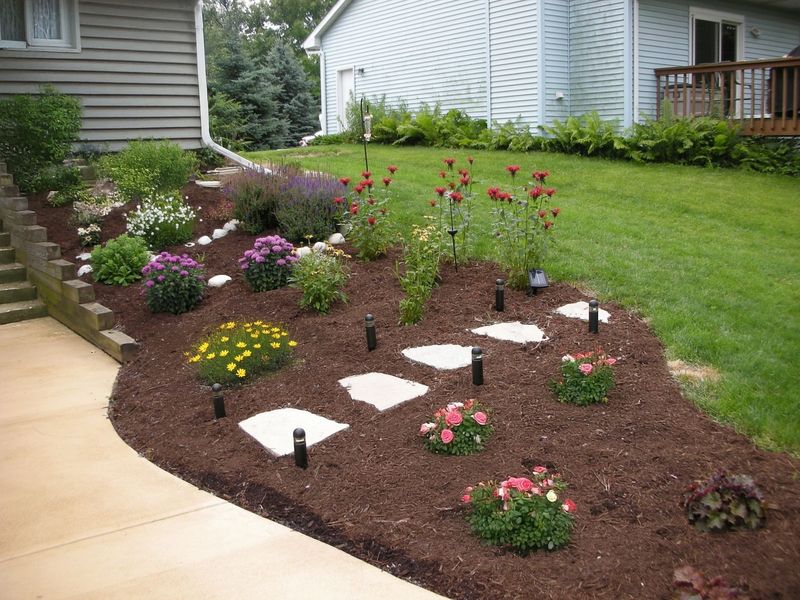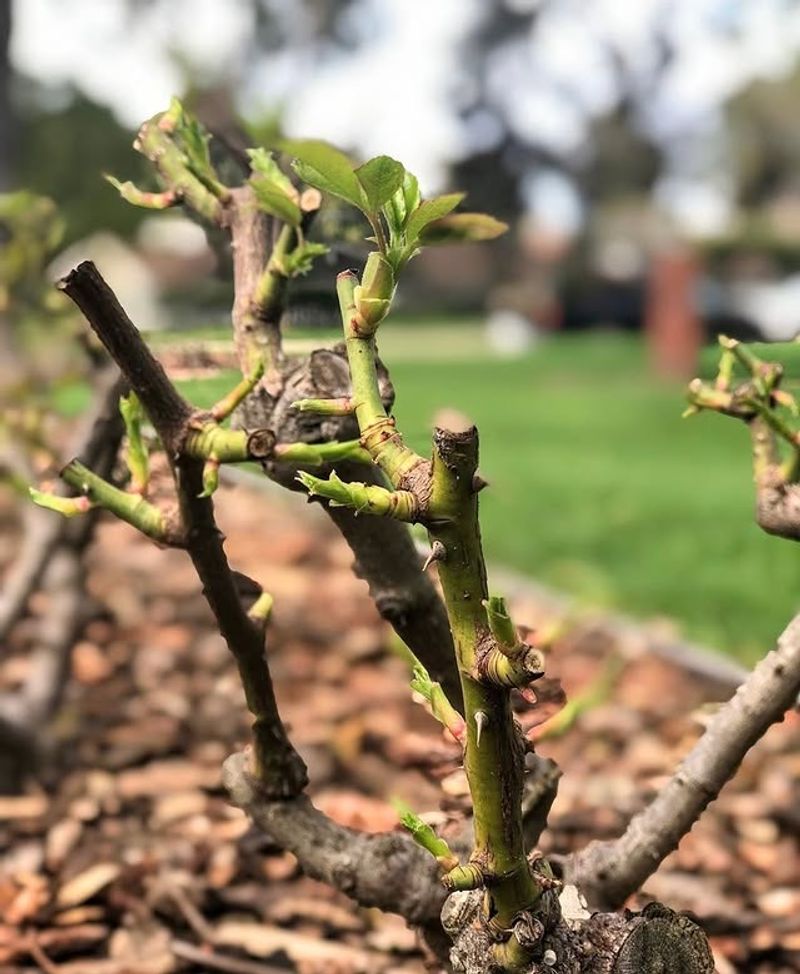October brings cooler temperatures and changing leaves to Oregon, signaling it’s time to prepare your garden for winter.
This month is crucial for protecting plants, enriching soil, and setting up for a beautiful spring. These essential tasks will help your garden thrive through the rainy season and beyond.
1. Plant Spring-Blooming Bulbs
Fall is the perfect window for tucking tulips, daffodils, and crocuses into the ground. Oregon’s mild autumn weather gives bulbs time to develop strong roots before winter arrives.
Choose a sunny spot with well-draining soil to prevent rot. Plant bulbs pointy-side up, about three times deeper than their height.
Come spring, you’ll be rewarded with stunning bursts of color that brighten your garden after the gray winter months.
2. Rake And Compost Fallen Leaves
Those gorgeous piles of red and gold leaves carpeting your lawn need attention. Leaving thick layers on grass can smother it and create disease problems.
Rake them up regularly and add them to your compost pile for nutrient-rich material. Shredded leaves break down faster and make excellent mulch for garden beds.
You’re essentially turning free yard waste into gardening gold that feeds your plants next season.
3. Divide Perennials
Many perennials grow so enthusiastically they become crowded and bloom less over time. October’s cool, moist conditions make it ideal for dividing hostas, daylilies, and ornamental grasses.
Dig up the entire clump and use a sharp spade to separate it into smaller sections. Each division should have healthy roots and several shoots.
Replant immediately and water thoroughly to help them establish before winter.
4. Protect Tender Plants From Frost
Oregon’s first frost can sneak up quickly, especially in valley areas. Tender plants like fuchsias, geraniums, and citrus trees need extra protection to survive.
Move potted plants indoors or to a sheltered porch. For in-ground plants, add a thick layer of mulch around the base and consider using frost cloth on particularly cold nights.
A little preparation now saves you from losing beloved plants to unexpected freezes.
5. Plant Garlic And Cover Crops
Garlic thrives when planted in fall, developing roots through winter for a summer harvest. Break apart bulbs into individual cloves and plant them four inches deep with the pointy end facing up.
Empty vegetable beds benefit from cover crops like crimson clover or winter rye. These plants prevent erosion, suppress weeds, and add nitrogen to soil when tilled in spring.
Both tasks set your Oregon garden up for incredible productivity.
6. Clean And Sharpen Garden Tools
Your hardworking tools deserve some care after months of heavy use. Remove dirt and rust with a wire brush, then sharpen blades with a file or sharpening stone.
Wipe metal parts with an oily rag to prevent rust during wet Oregon winters. Wooden handles benefit from a coat of linseed oil to prevent splitting.
Well-maintained tools last longer and make gardening easier when spring arrives again.
7. Mulch Garden Beds Generously
Adding a generous blanket of mulch now protects plant roots from temperature swings and keeps weeds at bay. Oregon’s rainy winters make mulch especially valuable for preventing soil erosion and nutrient loss.
Use organic materials like wood chips, straw, or compost. Spread it two to four inches thick around plants, keeping it away from stems to prevent rot.
Your plants will stay cozy all winter long.
8. Prune Roses And Shrubs
Late October is prime time for tidying up roses and deciduous shrubs before they go dormant. Remove dead, damaged, or crossing branches to improve air circulation and plant health.
Cut at a 45-degree angle just above an outward-facing bud. Avoid heavy pruning now; save major shaping for late winter when plants are fully dormant.
Light cleanup prevents disease and helps plants channel energy into root development over winter in Oregon.

